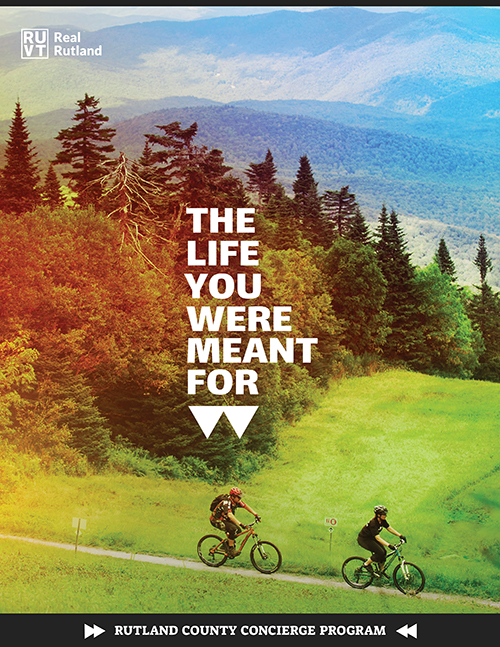Then and Now: Supporting Diversity in Vermont
What makes up 94.6% of Vermont? It’s not ski resort and dairy cows or tappable maple trees, to get those guesses out of the way.
Vermont’s population of white residents claim this high percentage, according to 2016 U.S. Census Bureau statistics. Although Vermont Public Radio has shared insight as to why this may be, improving the diversity in Vermont is an obstacle the entire Green Mountain State is facing. Steps are being taken to reverse this imbalance, though — starting with preserving the state’s African American history and working with organizations dedicated to making new minority residents feel at home in a place that’s far more inclusive than it appears on paper.
Preserving Stories of Diversity in Vermont: Monuments and Historic Sites in Rutland County
Yes, Vermont was the first state to abolish slavery…but did you know it also became home to the author of one of the most important anti-slavery memoirs ever?
Vermont history is inextricably tied to African American history, but few may have known how closely the two were intertwined prior to the creation of the Vermont African American Heritage Trail. Museums, tours, and cultural exhibits make up the 22-site trail, all representing the lives and contributions of African Americans who include Vermont in their narratives, along with fellow Vermonters who helped aid equality and freedom in the state. Of these current sites, three reside right here in Rutland County.

Brandon Museum & Stephen A. Douglas Birthplace, Vermont African American Heritage Trail Site #5 | Photo: Doug Kerr via Flickr (CC BY-SA 2.0)
Stephen A. Douglas Birthplace (Brandon, VT)
The Stephen A. Douglas Birthplace (one of the oldest buildings still standing) now serves as the Brandon Museum and Visitor Center. Walking tours teach visitors about The Vermont Anti-Slavery Society and the still-standing Baptist Church where their 1837 convention was held, along with the residences of the most active members of the town’s abolitionist movement. The museum itself features exhibits detailing the town’s involvement in the anti-slavery movement.
Martin Henry Freeman Historic Marker (Rutland, VT)
A historic marker located on North Main Street in Rutland, VT is dedicated to Martin Henry Freeman, a Rutland native and member of the second East Parish Congregational Church which once stood at the site. Freeman became the first black college president in America when he took the position at Pennsylvania’s Allegheny College in 1856.
Jeffrey Brace Historic Marker (Poultney, VT)
A third Rutland County site resides in Poultney, VT. The Jeffrey Brace Historic Marker details the life of West African born Brace (born Boyrereau Brinch) who was captured by slave traders at just 16 years old. Eventually arriving in New England, he enlisted in the Continental Army (while enslaved) and fought for his freedom in the American Revolution. He settled and raised a family in Poultney, later publishing The Blind African Slave: Memoirs of Boyrereau Brinch, Nicknamed Jeffrey Brace in 1810 which became one of the most significant anti-slavery memoirs written.
54th Regiment Monument (Rutland City, VT)
A brand new sculpture honoring 20 African American soldiers is in the works for downtown Rutland in 2018. The new marble monument is one of ten pieces being created to depict important historical people and events from the Rutland area. Supported by the Rutland Regional Medical Center, the new marble sculpture will salute 20 members from Rutland who served in the 54th Massachusetts Infantry Regiment (the first black regiment in the North) and fought for the Union Army during the Civil War.
Area Resources Supporting Diversity in Vermont
So how does Vermont plan to change the demographic inequality in the state? Vermont’s leaders can count on The Vermont Partnership for Fairness & Diversity (VTPFD), based in Brattleboro, VT, as a valuable resource for putting Vermont on the map as an inclusive and diverse place to live. The organization is making an impact by creating communities that aren’t just welcoming, but free of prejudice and discrimination of any kind. In 2004 they organized and launched the Vermont Vision for a Multicultural Future, a 40-year initiative to secure Vermont as a desirable place for visitors, consumers, and residents of color. They provide training and coaching to support the vision of a more diverse Vermont and even visit schools statewide with engaging Cultural Enrichment Programs.
Want to hear what life is like for actual Vermont residents of color? IAmAVermonter.org is the place to start. The website holds dozens of testimonials with the thoughts and stories of minority residents, and serves as a resource to familiarize folks with the people, culture, and recreation within the state. Although originally focusing on Champlain Valley, VTPFD involvement in the project will allow it to expand to all areas of the state.
Have your own story to tell about Rutland County? Share your experience with diversity in Vermont and keep the conversation going by sending your questions or stories to RealRutland.com or on social media through #RealRutland.
Header image: Jeffrey Brace Historical Marker in Poultney, VT. Photo by Doug Kerr via Flickr (CC BY-SA 2.0)


